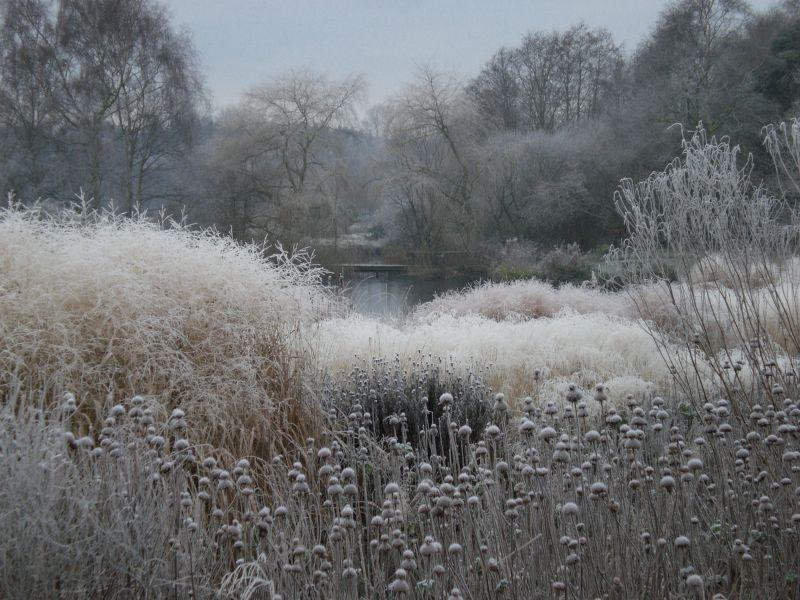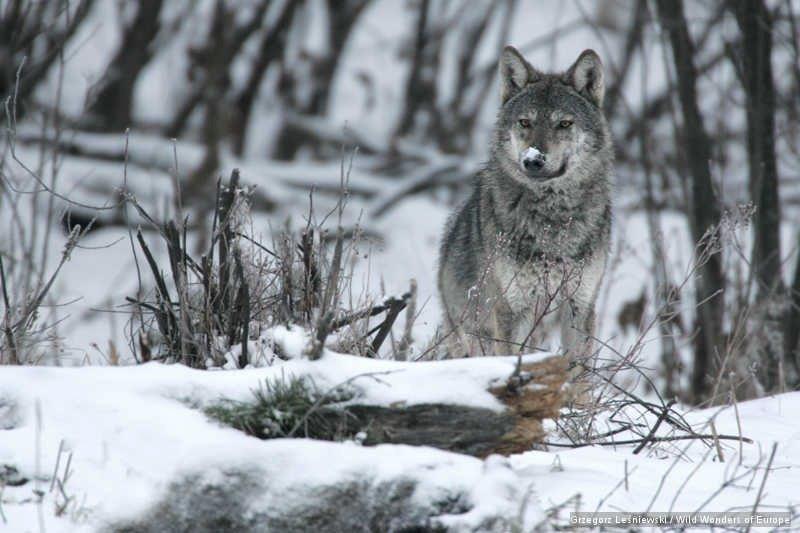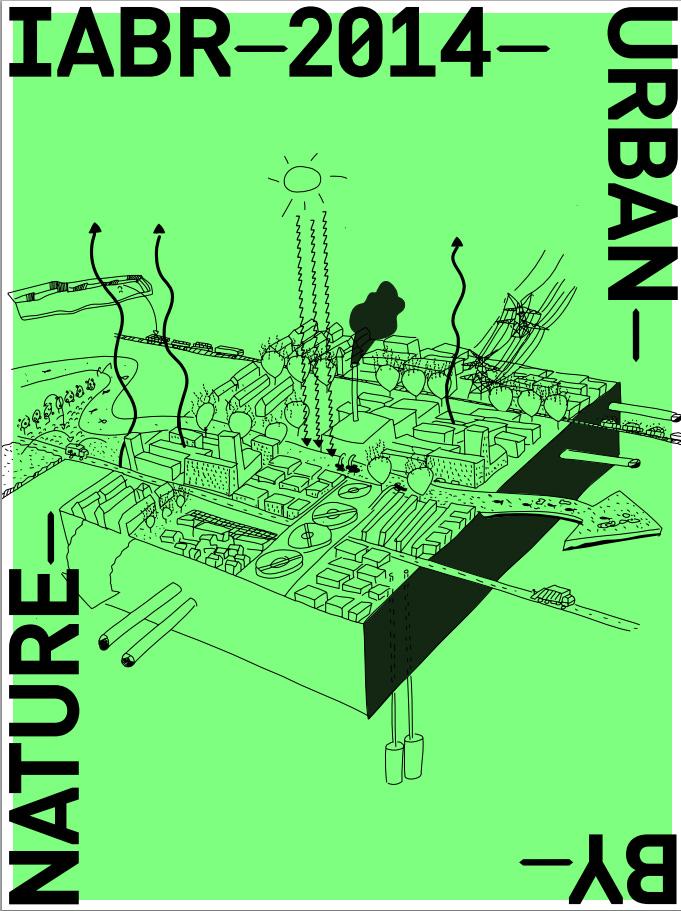The (re)organization of the urban landscape requires a committed relationship between man and nature. There are many manifestations of that commitment, from gardens and parks to nature conservation and 'building with nature'. The exhibition A Planet Cultivated, part of the IABR 2014: Urban by Nature, highlights the relationship between city and nature. Starting with gardens and parks all the way to nature conservation and 'building with nature'.
Exhibition
A Planet Cultivated

- from May 29 to August 24, 2014
- Kunsthal
- Westzeedijk 341, Rotterdam

The World Wild Fund for Nature The Netherlands welcomes this opportunity to demonstrate its new approach to nature conservation in an urbanized world. And front stage is given to the results of the IABR–Atelier Planet Texel.
Dirk Sijmons, curator Urban by Nature: "A Planet Cultivated illustrates the interaction between humans and nature. Gardens and parks link the shamans, the oldest mediators, with today’s nature conservation and active forms of nature development such as 'building with nature'. Rather than being non-committal, the relationship between man and nature must be continuously maintained and can be activated in several ways: practically and productively (nature feeds us), scientifically (nature informs us), and culturally (nature relaxes us). Architecture and landscape architecture can actually embody this relationship: make sense of it."
Nature Conservation in an Urban World is "an exhibition within the exhibition". Part of A Planet Cultivated it aims to demonstrate what opportunities arise when we restore natural processes and actively deploy them to improve our changeable habitat.
The exhibition is designed as a walk along a river in Europe. We walk along the water from a mountaintop to a delta city, sometimes literally, sometimes metaphorically. Many developments have multiple, interacting effects – what happens upstream, has consequences downstream.
Countryside biodiversity is in danger: more so in Europe than elsewhere in the world. Agriculture has contributed to a decline in biodiversity, to shutting down a variety of complimentary rural services, and to the degradation of soil fertility. Agriculture and forest drainage have eradicated the natural ‘sponginess’ of the land. Rivers in the Netherlands have been given more space to cope with high water levels, but absorptivity can also be increased in the European mountain ranges the rivers spring from. The restoration of the sponginess of the foothills will offer opportunities for recreation as well as please black storks, otters, and beavers, and it will decrease the flood risk downstream.

Focusing on different ways to restore natural processes in connection with agriculture can create healthy and resilient landscapes, with room for food production, nature, and recreation.
In some European regions, agriculture has withered away and people have left. Here, natural landscapes are restored and thanks to statutory nature conservation and hunting restrictions, we see large mammals returning to their old habitats. This also offers opportunities for new regional economic initiatives based on nature and recreation.
The walk ends in the delta city, where global developments are perhaps the most visible and where natural processes are therefore under particular pressure. How can restoration and the redevelopment of natural processes contribute to the viability and resilience of our cities, what are the opportunities here? How do we conserve nature, when we ourselves are urban by nature?




